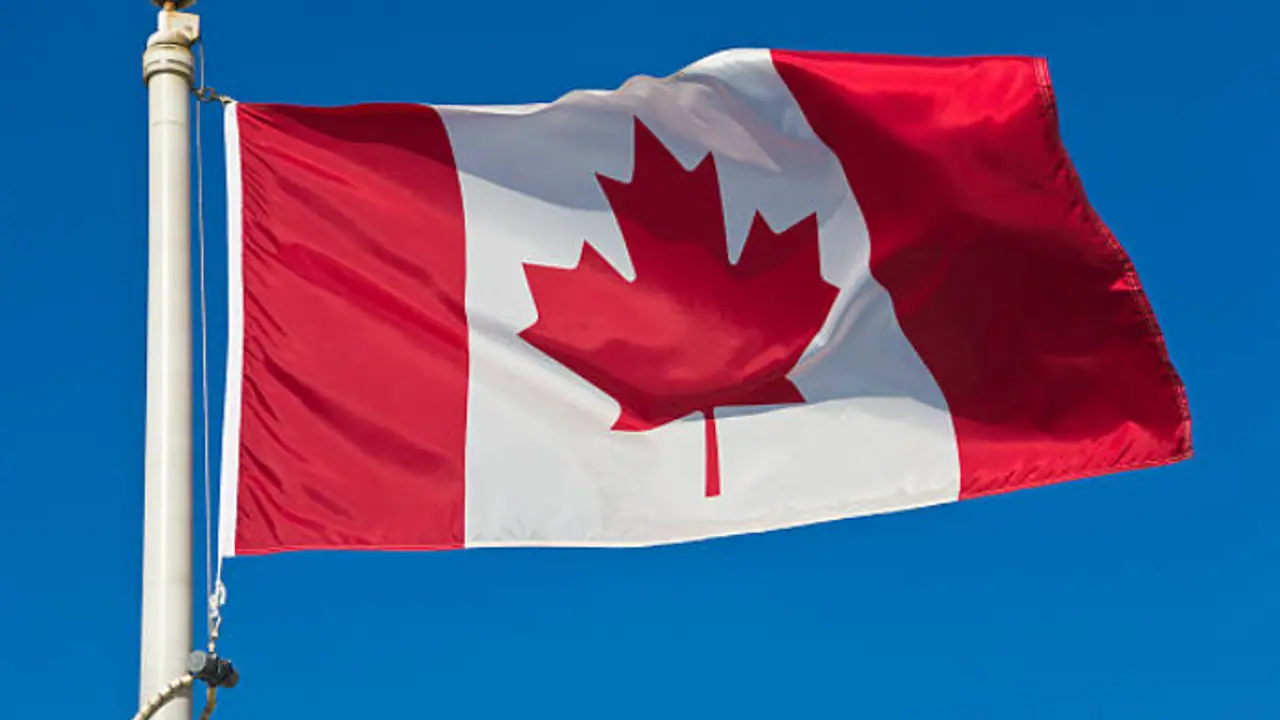As Canadians headed to the polls in a tense election marked by U.S. President Donald Trump's controversial remarks, many questioned the tradition of holding elections on Mondays. Let's see why Monday is chosen for polling in Canada.
Ottawa: As Canadians headed to the polls in a tense election marked by U.S. President Donald Trump's provocative remarks, many wondered, Why hold the vote on a Monday?

Voters faced a critical choice between giving new Prime Minister Mark Carney and his Liberal Party a fresh mandate or shifting to Pierre Poilievre and the Conservatives. Adding to the charged atmosphere, Trump caused an uproar by suggesting Canada should simply become the "51st state," even alleging that the U.S. financially supports its neighbor.
Amid all the noise, one quiet tradition held firm: Canada’s longstanding preference for holding federal elections on a Monday. Here’s why:
1. It’s Written in the Law
According to Elections Canada, federal elections are legally required to be held on a Monday, with the campaign period lasting between 37 and 51 days.
2. Weekend Preparation Time
Holding elections on a Monday allows Canadians the entire weekend beforehand to make travel plans, adjust their work schedules, and organize everything they need to be ready to cast their vote.
3. Time to Set Up Polling Stations
Polling stations need time to be properly organized. Election officials and volunteers use Saturday and Sunday to set up voting centres, ensuring everything is ready without disrupting regular weekday activities.
4. Fixed Dates to Avoid Political Advantage
An amendment to the Canada Elections Act, introduced by former Prime Minister Stephen Harper, mandates that general elections take place every four years on the third Monday in October. Harper argued that fixed election dates stop governments from calling snap elections to gain short-term political benefits.
5. Adjustments for Public Holidays
If the scheduled Monday happens to be a national holiday, like Thanksgiving, the election is moved to the next day — Tuesday — to ensure voters are not inconvenienced.
6. It’s Happened Before
In 2008, the federal election was held on Tuesday, October 14, as Thanksgiving fell on Monday, October 13, necessitating the shift to ensure voting could still take place.
7. Multiple Parties in the Race
This year’s election features all the major political players: the Liberal Party, Conservative Party, New Democratic Party (NDP), Bloc Québécois, and the Green Party.
8. Timeline of Results
Preliminary results will be available on election night, with the final certified results following two to three days later, after a thorough re-examination process.
In Canada’s federal election, voters choose their local Members of Parliament rather than directly electing the prime minister. The leader of the party that wins a majority in the House of Commons becomes prime minister. If no party achieves a majority, the party with the most seats typically forms a minority government, sometimes needing backing from opposition members. Occasionally, parties may come together to form a coalition government.
Initial Election Results
As most polls close across several provinces, the first projections and results are starting to come in. According to Elections Canada:
1.Liberal Party, led by PM Mark Carney, is leading with 47 seats.
2. Conservatives, led by Pierre Poilievre, are trailing with 38 seats.
3. Bloc Québécois is leading with 12 seats.
4. NDP (New Democratic Party), led by Jagmeet Singh, has 1 seat.


